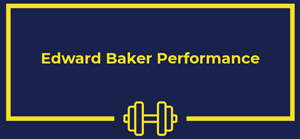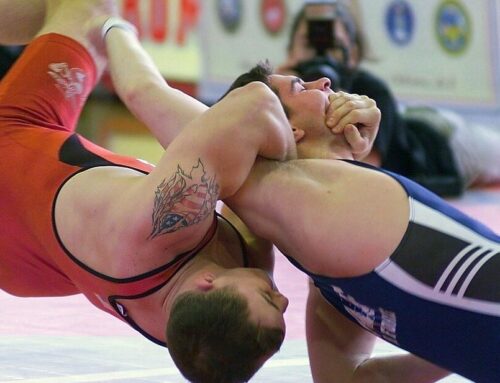
“Plyometric” derives from the Greek words “plyo” = increase and “metric” = measure, in other words to increase measurement. It was coined by Fred Wilt, an American Olympic athlete and an FBI agent (some life) and referred to by Russian sports scientist Yuri Verkhoshansky as “shock training”.
Think about trying to dunk a basketball; instead of starting right under the hoop, I bet you would use a run up in order to jump higher. You do this for a few reasons, momentum being one, but also because you can store energy in the run up and bounce into the air.
Plyometric training is simply a way to increase how “elastic” you are and therefore, how high you can bounce and how hard you can hit.
Plyometric training works in two ways
When you perform plyometric training, you are looking to provide your body with both a software upgrade and a hardware upgrade.
Software Upgrade:
By software, I’m talking about your central nervous system, comprised of your brain and spinal cord. This system can upgrade or downgrade itself according what you expose it to – you know this because it is the basis of practice, from playing a musical instrument to perfecting a spinning back kick.
Broadly speaking, the system selects from two main responses to a large physical demand (like landing on one leg whilst running) – increase the strength of a muscle contraction or reduce it. The preferred option the system selects when faced with a sudden, dramatic increase in load, is to reduce muscle force and absorb the energy to prevent injury. For the system to select the other option and produce more force, it must first be trained to the point where the exposure to intense load is routine and not perceived as a threat.
An example of the system selecting the increase force option is when a Dr taps your knee with a hammer and your leg extends. The increase in force occurs because the system can sense that, sat down with your foot off the floor and no movement occurring, there is little risk to the leg from firing the quad muscle to straighten your leg. As you know, you have no control over this system, it just “happens” so you can’t influence it in real time, you must adapt it through systematic training.
Hardware Upgrade:
Whilst the central nervous system controls the nature of the muscle recruitment, it is the tissues themselves that bear the load. This means the bones, ligaments, tendons and muscles must be exposed to sufficient stress to cause them to adapt and become stronger, without the stress being too much that the software overrides the muscle force every time.
Should fighters perform plyometric training?
Absolutely, yes. It is one of the best ways to upgrade your physical capabilities in a general way that transfers directly to specific performance. By targeting adaptations in the lower body and upper body, you can increase the speed and power of takedowns, the speed and power of punches and kicks and reduce the amount of energy used doing it. An all round win-win.
Upgrading your rig:
A decent level of strength is useful prior to commencing a plyometric training programme to give the software a good chance of allowing you to reap the benefits of the training. By “decent” I recommend:
- 30 reps in the single leg calf raise on a step, left and right
- A back squat of at least 1.5x BW for 3 reps
- A bench press of at least 1x BW for 5 reps
- Within 5% of your pre-injury personal best lifts and aerobic fitness, if you have recently returned from injury
Following this, you can begin a preparatory phase:
Lower Body:
- Skipping double unders focusing on spending a short time on the ground. 5-10 sets of 20-40 seconds.
- Landing from a box: step off a box (start with 50cm) and land in a quarter squat, like a cat. 4 sets of 5 reps
- Jump to box: explode off the ground onto a box (start around 50-75cm) work on how fast you can complete the jump. 4 sets of 5 reps.
- Tuck jumps on mat/ring: Jump as high as you can as fast as you can, be sure to pull your knees above your hips. 3 sets of 8 reps.
Upper Body:
- Double height explosive press-up: Bend down then explode up off the ground and place your hands on a box/step either side of you. Now drop back to the ground and repeat. 3 sets of 5-10 reps
- Med ball punches with rotation. Load the med ball onto one hand but steady it with the other. Stand in your fight stance. Wind up the punch by twisting back and then explode out, putting the ball out in front. Work on pushing from the ground up. 3 sets of 8 reps.
- Med ball double arm rotation throw. Stand side on to a wall. Hold the med ball with two hands, arms long. Wind up and toss the ball across your body with a powerful rotation from the hips.3 sets of 8 reps.
Try these twice a week, when you are fresh (a great way to prepare for sparring) for 4-6 weeks.
About the author : Edward Baker

Edward Baker is a University Lecturer, Researcher and Strength and Conditioning Coach with over 15 years’ experience working in elite sport.



